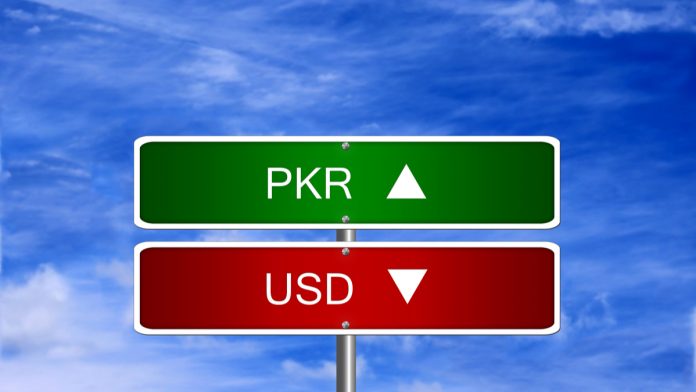- Pakistan Rupee (PKR) edges lower for a second session
- IMF forecasts 1.5% GDP growth this year
- US Dollar (USD) slips lower despite stellar jobs data
- US FOMC minutes in focus
The US Dollar Pakistan Rupee (USD/PKR) exchange rate is edging higher on Wednesday for a second straight session. The pair settled +0.4% lower in the previous session at 152.69. At 11:30 UTC, USD/PKR trades +0.2% at 153.07.
The International Monetary Fund forecast that Pakistan will see a subdued rate of growth in 2021 of 1.5%. This is sharply lower than the 3% GDP growth that the State Bank of Pakistan forecast just a few days ago.
The IMF forecasts are in line with those forecasts made by the World Bank, which expects Pakistan’s economy to grow by 1.3% this year.
The IMF, in its world economic outlook report projects that average inflation in Pakistan will rise to 8.7% and unemployment will rise to 5%.
However, the INF expects the picture to improve further in 2022 with economic growth reaching 4% in 2022 and 5% by 2026.
The US Dollar is gaining versus the Rupee. However, it is trading mildly lower versus its major peers. The US Dollar Index, which measures the greenback versus a basket of major currencies trades -0.1% at the time of writing, as it continues to move away from its 5 month high reached last week.
The US Dollar is tracing US treasury yields lower. Interestingly yields are moving lower despite run of strong data from the US.
Yesterday the JOLTS job opening data revealed that openings rose to 7.4 million in February versus the 6.9 million expected. This was a two year high and was led by some of those industries which were hardest hit in the pandemic. The data shows that employers are poised to ramp up hiring over the coming months, a very encouraging sign which suggests that the labour market recovery is very much on track.
Attention will now turn firmly to the FOMC minutes from the March meeting. Investors will be pouring through the numbers searching for clues that the Fed could tighten policy sooner rather than later.





